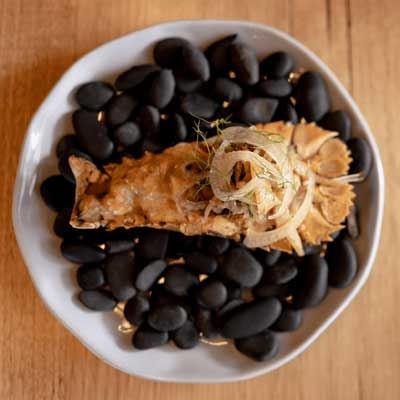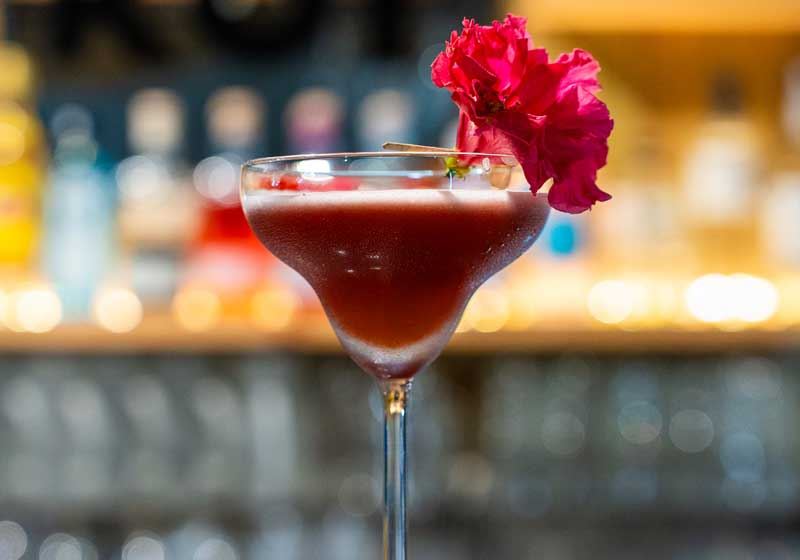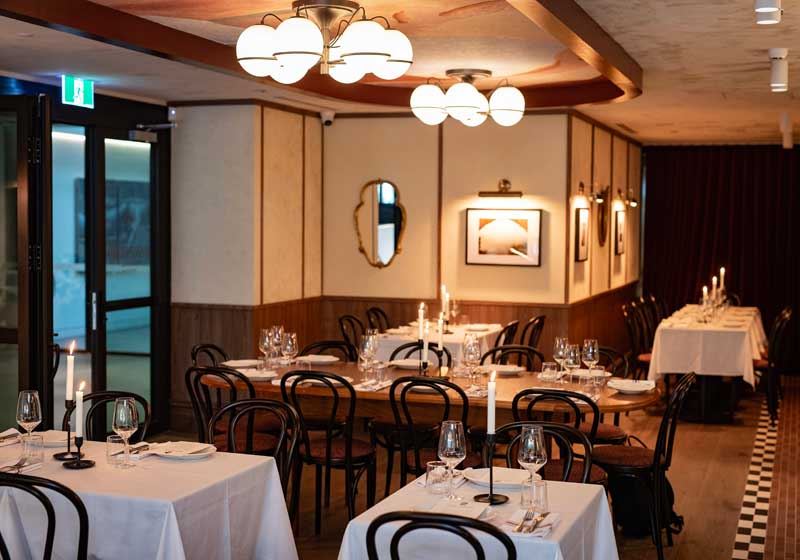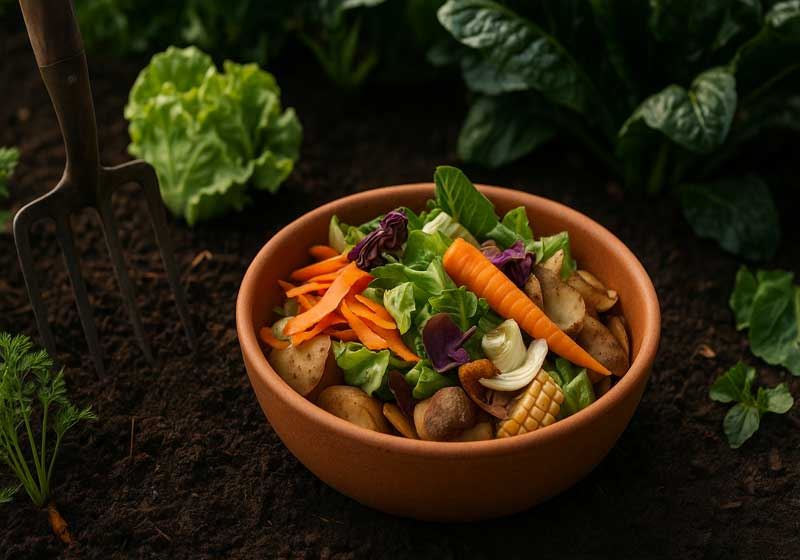By Laura Rancie.
In a world increasingly drawn to fast food and instant gratification, the slow food movement shines a light on the importance of local, seasonal produce, and traditional cooking methods. At the heart of this movement lies a culinary gem: fermentation. With historical origins dating back to 5000 BCE in the Middle East, fermentation has long been used as a preservation technique, vital in climates where fruit and vegetables were scarce for extended periods. While the practice of fermentation can be found worldwide, it is in Southeast Asia that its true artistry and cultural significance come to life.
The fermentation traditions of just three of Asian countries, Korea, Japan, and Vietnam are uniquely different from each other but all celebrate the profound impact of this ancient art on both gastronomy and well-being.
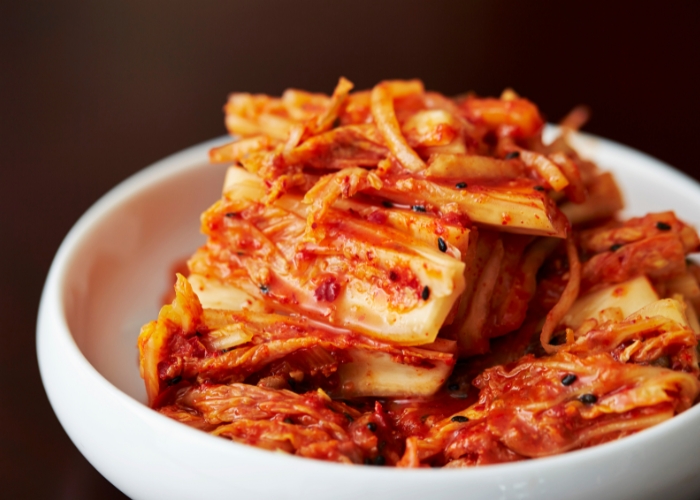
DATING FERMENTATION:
Perhaps the oldest documentation of fermentation, a process to preserve fruits and vegetables for times of scarcity, comes from where we today refer to as the Middle East, dating back to 5000 BCE. Historically and culturally, fermentation is deeply embedded in Asian culture. The list is long and not limited to sauces (fish, Worcestershire, tamari and soy), kimchi, fermented duck eggs and salted mustard greens (do chua) to name a few.
BENEFITS:
There are many benefits of fermentation, including increasing or changing a flavour, adding texture to food, reducing toxicity, decreasing cooking time, enhancing nutritional benefits and preserving food.
The most common types of fermentation in Australian culture
that we talk about and have easy access to are heavily influenced by Asian
traditions and methods.
While kefir originates from a region between the Black Sea and the Caspian Sea, tempeh is from Indonesia and what we today attribute to Germany with sauerkraut,
is really from China. Kimchi comes from Korea and is equally well known but less
often thought of as fermented, are soy sauce, vinegar, red rice and fermented
bean curd.
KOREA:
In Korean cuisine, with the introduction of salt, fermentation gained popularity in side dishes. The fermenting process also disabled the growth of bacteria and allowed foods to last longer - a huge benefit when Winter can last up to four months and temperatures drop to -15 C in Korea’s capital Seoul.
Vinegar is the oldest fermented food product in Korea, with kimchi gaining popularity in Australia only in recent years. Kimchi is prepared with various vegetables such as cabbage, eggplant, radish, carrots and sweet potatoes. This Korean staple is slightly spicy and is their version of sauerkraut.
Fermenting food has long been linked to health benefits, despite high salt content.
Studies on the topic have correlated the consumption of regularly consuming
fermented food with reducing fat pads and body weight, 'reducing
markers for metabolic diseases such as insulin, high-density lipoprotein
cholesterol and C-reactive protein,' according to Nidhi Saha, medical content
writer at news-medical.net.
The flow on consequence of this means better overall results with obesity problems, diabetes mellitus, hypertension, the immune system, stress and aging, lipid profiles, gastrointestinal effects and even 'anti-cancer and anti-mutagenic effects against known carcinogens'.
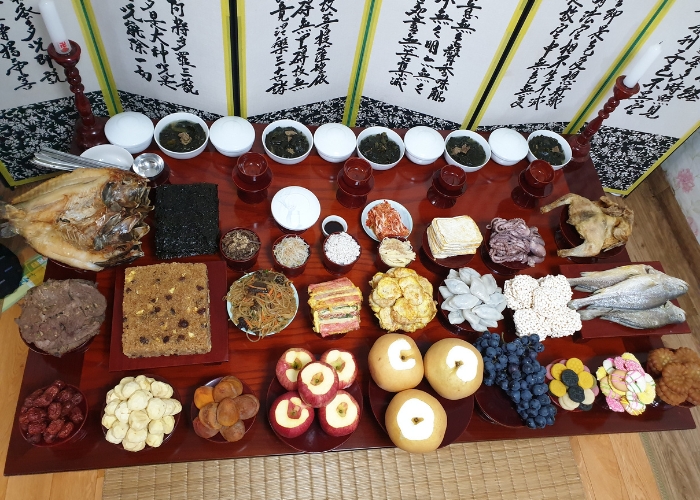
JAPAN:
There is a Japanese word ‘tsukemono’ referring to preserved vegetables, specifically and collectively, Japanese pickles. These tsukemono go largely
unnoticed in a Japanese meal but are integral to the experience. There is also
a selection of fermented foods using fish, such as shiokara, made up of salted, fermented cut-up squid with intestines.
In the mountainous region of Tohoku in Japan’s northeast, there is a larger
variety of fermented food, probably due to its harsh cold climate. Farmers were simply
unable to harvest in the Winter, so they turned to fermenting in better
seasons so that during the harshness of those bitter cold months, they would
have nutritious food.
Pickled vegetables from this region include daikon radish, cucumber, Chinese cabbage and eggplant in miso, soy sauce and rice malt. These vegetable tsukemonos (preserved vegetables) were life-sustaining in their abundance of vitamins made of microorganisms and high in dietary fibre.
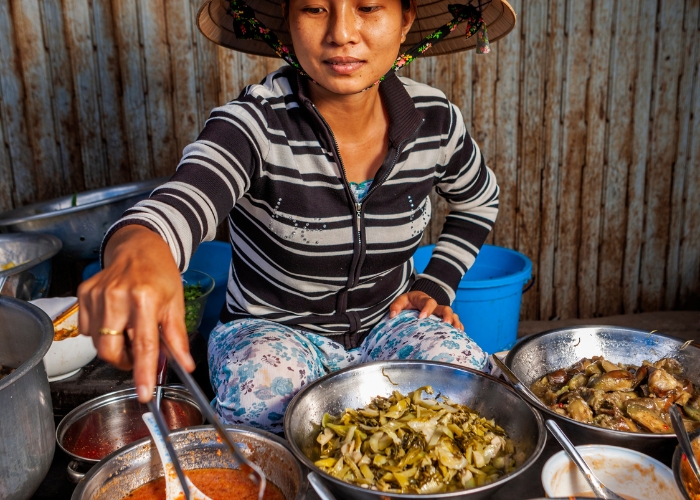
VIETNAM:
While Vietnam doesn’t rely on fermentation to preserve food in Winter because of the temperate climate it enjoys year-round, the Vietnamese have long understood the relationship between nutrition and fermentation. There is a wide range of fresh foods that can be fermented in Vietnam, including meat, shrimp, vegetables, fish, sauces and tofu.
One particular dish, called nem, is fermented pork, comprising a quadrangle of flavour complexities including sweet, salty, sour and spicy; it appeases many tastebuds. While the recipes will be different due to local preferences in the north and the south, ingredients may vary and cooking methods will differ, nem is popular all throughout Vietnam.
Whether you are a long-time fan of fermentation or could be
swayed towards its health benefits, Asian
food fermenting is a captivating culinary tradition that not only enhances
flavours and preserves ingredients but also holds a rich cultural significance,
offering a glimpse into the historical and gastronomic diversity of Asia.
For anyone keen to give it a go, here is an AGFG fermentation recipe to
try at home.
It comes from Chef Dayan Hartill-Law of Palette restaurant; Swordfish, Native Ginger, Vegan Fish Sauce and Sea Water Fermented Vegetables.


